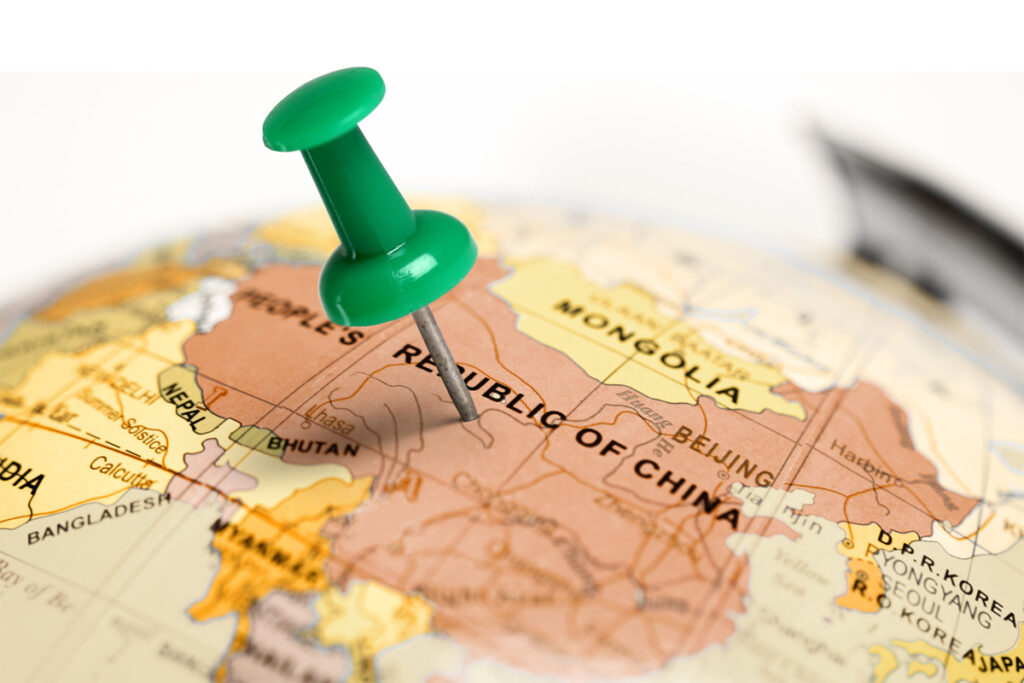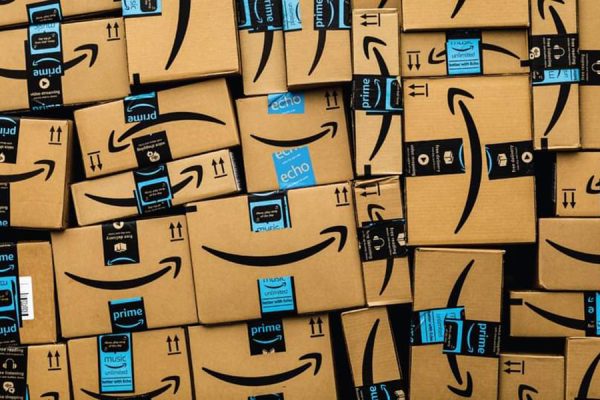With the Chinese Year just passed, we thought it would be a great time of year to look again at China. Something that’s often forgotten is the size of the Chinese community living in the UK and EU and whilst they might follow UK holidays, they’ll also still have close ties to China, family living in China and still celebrate Chinese holidays, so we also wanted to know how to target them.
 Betty Touzeau spent eight years living in China, went to Lengow in 2016 to oversee the company with their expansion into the Chinese market. Fluent in English, French, and Mandarin, she was a manager at her company in China, and then a consultant, helping European countries looking to sell cross border to China.
Betty Touzeau spent eight years living in China, went to Lengow in 2016 to oversee the company with their expansion into the Chinese market. Fluent in English, French, and Mandarin, she was a manager at her company in China, and then a consultant, helping European countries looking to sell cross border to China.
Betty is truly an expert on China, especially in terms of e-commerce. Today she shares her experience and knowledge of the Chinese market:
What is the size of the Chinese ecommerce market?
China is currently the world’s largest ecommerce market, with a total sales estimate of $975 billion at the end of 2016 and over 400 million online shoppers. It’s twice as large as the European e-commerce market and represents 40% of global e-commerce spending alone. The average consumption level is highly increased among Chinese people, who are keen to buy foreign (and therefore ‘exotic’) products and services. What’s more, there are 688 million Internet users in China and the advanced technology benefits a 52% Internet penetration to its local citizens. So, all in all, it’s pretty huge.
What is the EU to China trade like?
It’s definitely getting there – in 2016, 40% of Chinese shoppers brought products from cross border sites, although this includes the USA and Japan. Chinese consumers have been shown to have a penchant for European products, though. German household products seem to be doing well there with brands like Siemens, Bosch, and Wurster well established in the market. They’ve got a good reputation among Chinese consumers with a mark of good quality, world-known brands, and good delivery and customer services. China now accounts for 25% of Burberry’s sales, as they crave truly high-quality, iconic British products. This also may have been due to their campaign on the extremely popular social media app (and shopping platform) WeChat. It’s not just luxury brands though – M&S,
Topshop, and Boots have also started growing their presence in China.
Trade from EU to China is still in its early stages, but its only set to grow with more solutions allowing European brands to tap into the market, and a greater demand for these products as Chinese consumers look to diversify.
Are there any key product categories that sell well?
Food and health is an imported product category that does really well – a lot of Chinese consumers feel that the food and environment in China is unsafe, and so prefer to buy from Europe. This is especially the case with baby products, as mothers want to make sure their newborns have healthy, nutritious food, so products like milk powder are especially popular. According to Tesco, milk is one of the fastest-growing categories in their 132 Chinese stores, with year-on-year sales gains of about 30 per cent. High-end, luxury brands are also popular in China, as they like to associate themselves with designer European labels such as Louis Vuitton, Armani, and Chanel.
What are the biggest challenges for EU retailers selling to China?
They are, unfortunately, quite a few obstacles when it comes to selling in China, as it’s just so different in Europe, both culturally and logistically. Retailers need to consider the different regulations that need to be respected, the language, the characteristics of the local market and buying behaviour, and understanding all operational elements such as logistics, customer service, and payment methods. The key to breaking down these barriers is to establish strong, local partnerships with people you can trust, and work with a middleman who knows the market and speaks the language.
Should you sell on marketplaces or your own website?
Due to the challenges I just mentioned, it’s strongly advised that you sell on marketplaces, especially if you’re just starting out. Selling on marketplaces allows you a relatively risk-free method of testing the market, to verify the demand for your products in China, and to make sure all the logistics is taken care of by a well-established company. Marketplaces can also give a much better visibility to your products – if they’re not yet very well known by Chinese consumers, it’s good to place them on a site that’s popular with Chinese shoppers so that its almost guaranteed that your products will be seen.
What size should your business be before you attack the Chinese market?
Your business doesn’t necessarily need to be large to be successful in China, so I wouldn’t say that the size of the company is much of a determining factor. It’s more about being strategic. As long as you’ve established the demand for your product or service in China, it’s more important to be properly prepared. This means either deploying a cross border strategy and entering onto marketplaces as I mentioned before, and/or finding Chinese companies to partner with, or investing in having a physical presence in China.
There are a few specific holidays in China that are big days for selling, that we don’t necessarily have in Europe. The biggest of these is Single’s Day – the biggest shopping day in the world. Created by the Alibaba group in 2009, it smashed world records this year with over $17 billion of revenue in just 24 hours. Another big holiday is of course Chinese New Year, it’s almost on a par with Christmas. It usually falls around the end of January and the beginning of February. Children’s Day also falls on June 1, so this is a good day to boost sales of children’s toys and clothing.
What about targeting Chinese ex pats living in Europe – any tips?
The big players in Chinese ecommerce have obviously picked up on the growing number of Chinese expats in Europe, and are only making it easier for them to shop here. In December 2016, Jack Ma from the Alibaba Group struck deals with BNP Paribas, Barclays, and other European banks, allowing a further 930,000 retailers to start accepting Alipay in their bricks and mortar stores. Offering this payment method would be a great first step for your business to target Chinese consumers without having to expand to China.
A lot of Chinese expats will also be keeping up to date with their social media channels from back home, most notably WeChat, so make sure you’re marketing/selling on these apps to ensure you keep up a connection with Chinese customers – especially when 200 million WeChat users have their credit cards linked to their accounts.









